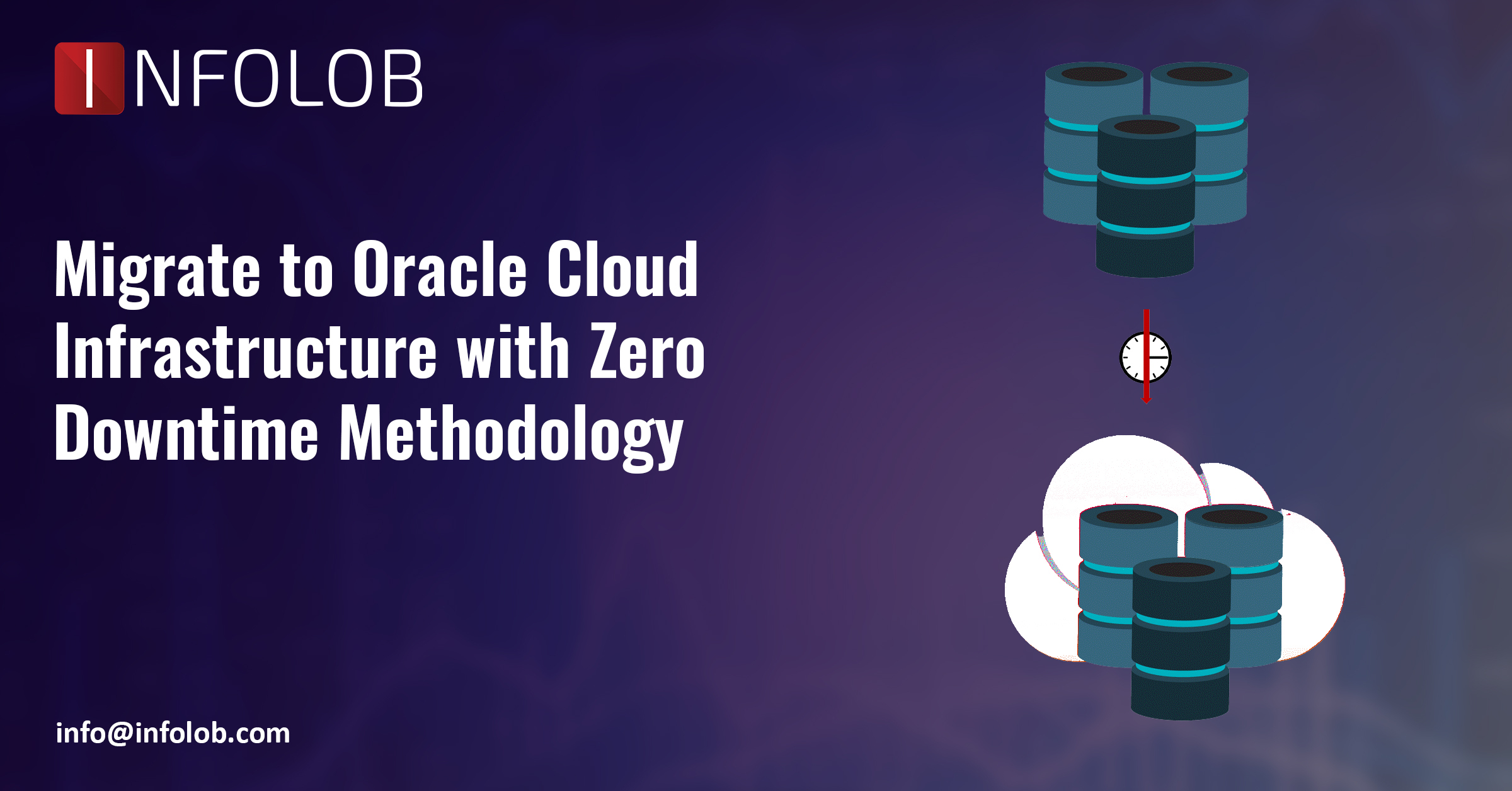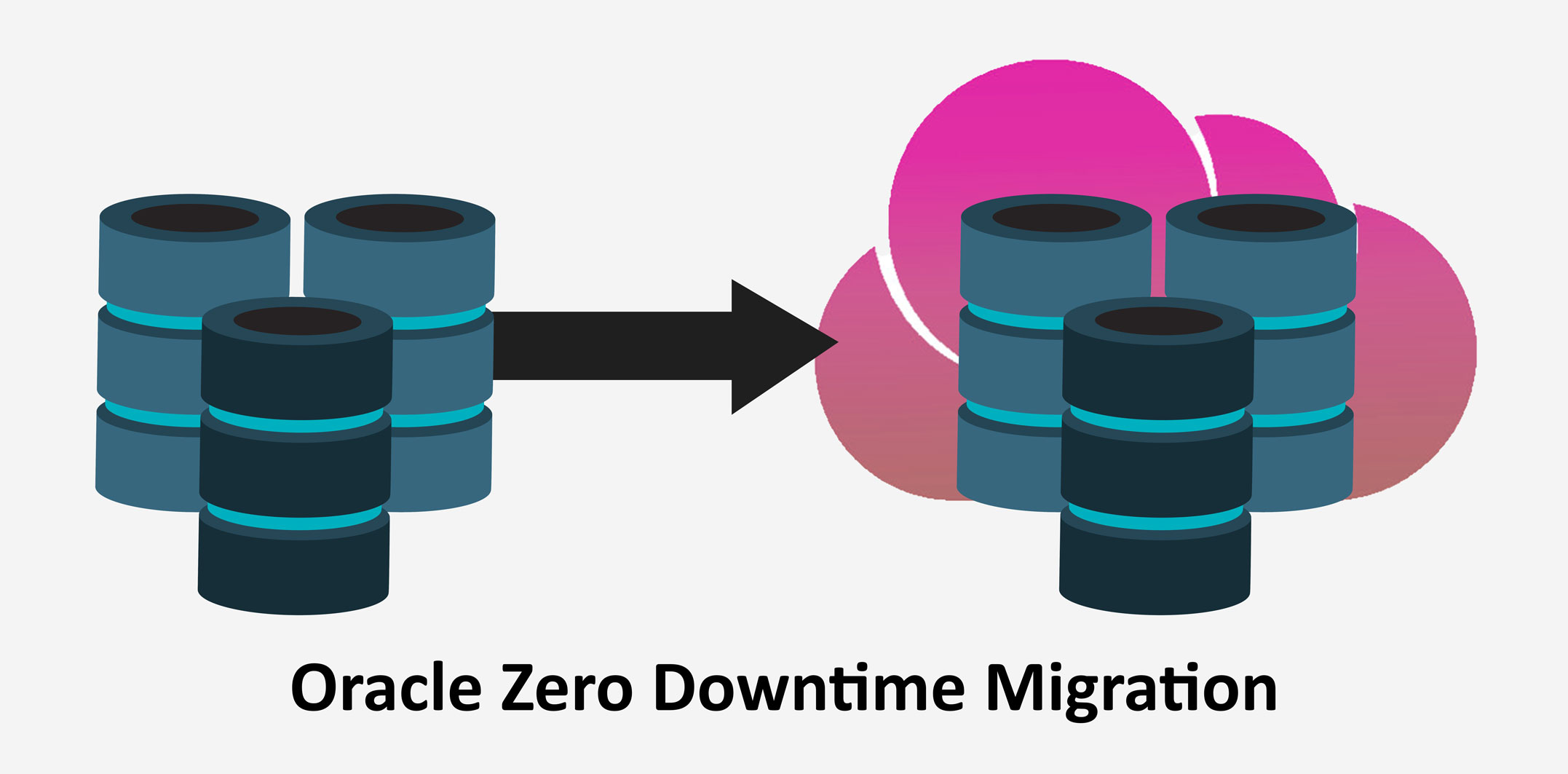Change is indeed the only constant, and none understands it better than technology. This is why regardless of the massive disruptions imposed on the global economy in the recent past—such as the Great Recession, and Covid-19—the technology sector remained at the forefront, proactively overcoming all the challenges. And organizations leveraging agile operating models enabled by technology are the only exception that conjointly survived. But what does Oracle Zero Downtime Migration a.k.a. ZDM has to do with it? Let us find out!
What is Oracle Zero Downtime Migration?
The importance of Oracle Zero Downtime Migration stems from the fact that it is the only essential you need to migrate on-premises Oracle Databases and Amazon RDS to Oracle Cloud, Exadata Cloud Service, and Exadata Cloud@Customer. It helps businesses tag along with the emerging, cloud-native technologies to continuously grow the required resilience against change – in just one push. And most importantly, it does so with negligible downtime.
In action, Oracle Zero Downtime Migration fundamentally backs up the on-premises database to Object Storage in Oracle Cloud, builds a war-ready database—coupled with Data Guard setup, Oracle Data Guard Maximum Performance protection mode, and asynchronous redo transport mode—synchronizes source/target databases, and shifts over to the target database as the main database. The synchronization between the on-premises database (which is on standby after the migration is complete) and the new primary database on Oracle Cloud is subject to the presence/absence of SQL*Net connectivity.
Note: Oracle ZDM is only compatible with Oracle Database 11g R2 (11.2.0.4) and above database releases.
Why Use Oracle Zero Downtime Migration: The Advantages of Using Oracle ZDM
On top of the zero disruption of your business, zero downtime costs, convenience, and customization while moving to Oracle Cloud – the following are the benefits of using Oracle ZDM:
Review capacity: All user actions are recorded consisting of the actions performed by the automated migration task
Work flow personalization: Work flow actions distinguished by phases can be easily personalized with pre and post user action extensions
Task subsystem: Users can perform and administer database migrations at full scale
Task planner: Users can schedule their migration task ahead of time for automatic execution
Halt/resume capability: Users can halt and resume the migration job for reasons such as conforming to a maintenance window
Job rerun from POF: The migration job can be readily re-executed from a point of failure
Task pre-check: Users can run pre-checks for migration jobs to preclude errors during migration runtime
Oracle Maximum Availability Architecture (MAA) Compliance: Oracle Zero Downtime Migration is based on MAA best practices for a standardized one-button migration to Oracle Cloud, Exadata Cloud Service, and Exadata Cloud@Customer
More convenience: Easiest migration to Oracle Cloud with online and offline migration support
More support: Enterprise Edition and Standard Edition Database Migration Support
Industry-leading Security: Fully cloud security enabled procedure
Autonomous Database as a Cloud Target, and more
Infolob’s Successful Cloud Migration Delivery via Oracle ZDM: A Case Study
Just a year back, Infolob helped a customer migrate Oracle databases on-premises to Oracle Cloud Database Systems – both production, and non-prodyuction. It all started with analyzing the customer’s requirements, which was the cloning of their three-terabyte production database to a non-production database.
Challenge 1:
The customer’s in-house administrators routinely took a manual recovery manager (RMAN) backup on the production database and moved and restored the backup data in the non-production database. This naturally translated to huge manual efforts, prolonged processing time (>40 hours for 3TB), and consequent overhead.
Challenge 2:
Another challenge that surfaced during the analysis phase is the incompatibility of RMAN backup in remote database systems, as it involved dropping database mid-cloning. And, doing so could mean disregarding Oracle’s recommendations for preventing disturbance to underlying OCI Database system libraries.
Solution:
Upon assessing all the requirements, Infolob proposed Oracle Zero Downtime Migration for automating the cloning process. With a single command, ZDM initiated a backup on the source database, harnessed object storage, and restored the backup on the target database. No need for manual intervention arose during the entire process. With our award-winning expertise, our deployed team of seasoned Oracle-certified professionals tested the approach and successfully cloned the production database to a non-production database in less than 15 hours. It was followed by fully documenting the process and handing it over to the customer.
Oracle Zero Downtime Migration: Final Recommendations
Downtimes cost huge, and every business must consider the following recommendations to avoid it – on top of using Oracle Zero Downtime Migration:
Take Infolob’s free migration readiness assessment to discover the areas that could potentially stretch the data migration downtime
Be certain of the data that necessarily needs to move for the same reason a cloud migration strategy is required
Choose the right tools for making the preparations for migration via Oracle ZDM
Build a plan ‘B’ for the same reason businesses use backups and disaster recovery
Make sure your cloud consultant is Oracle certified






